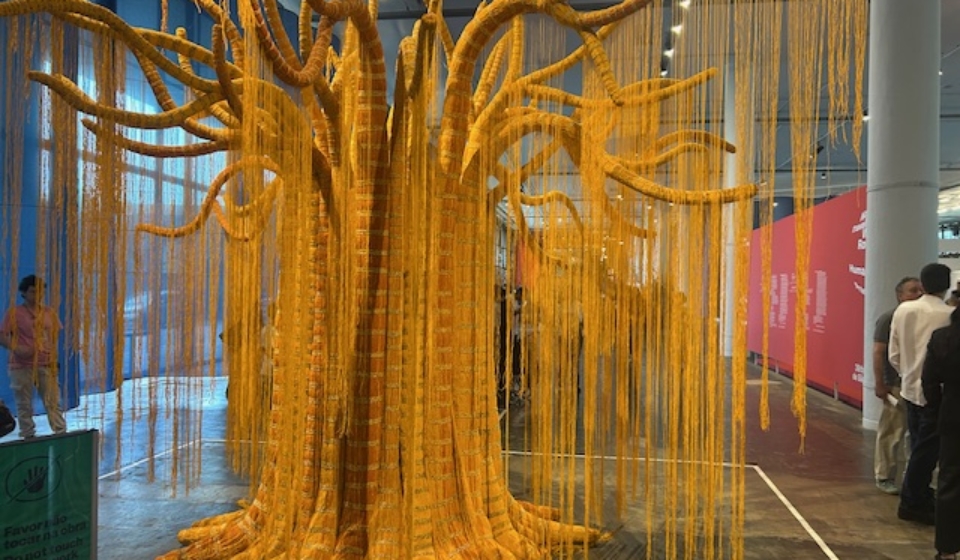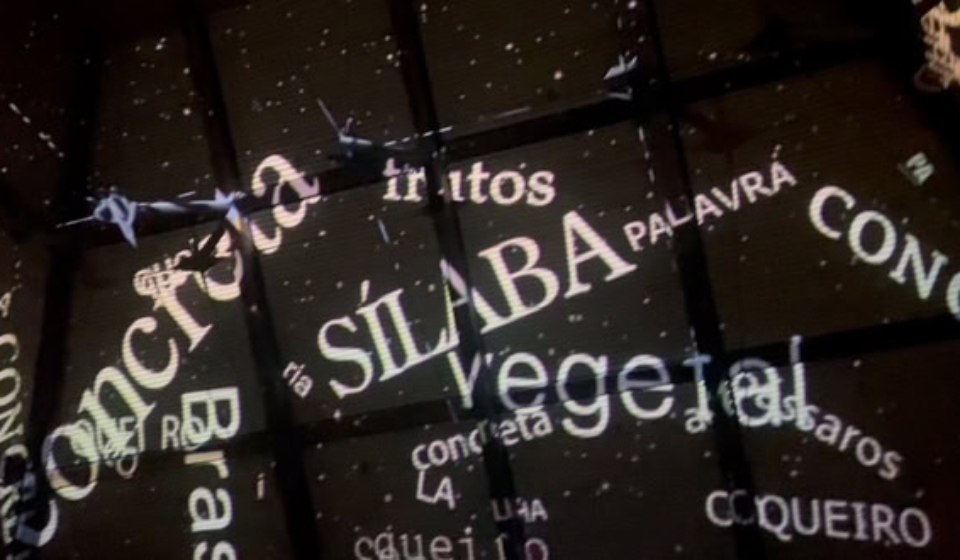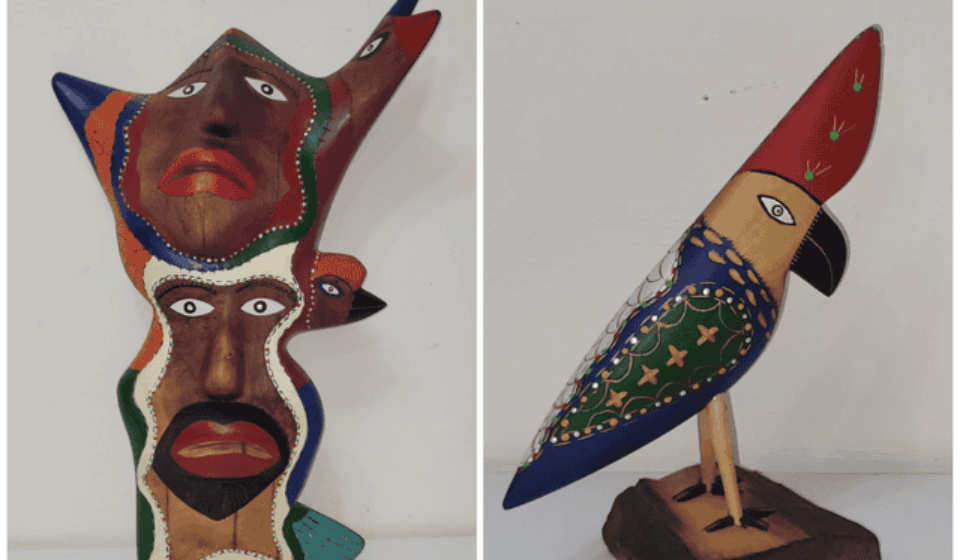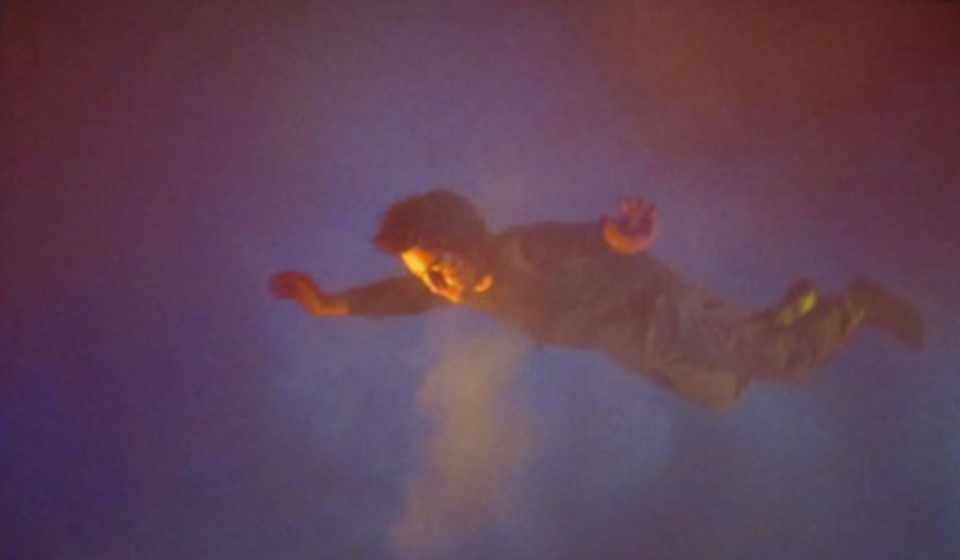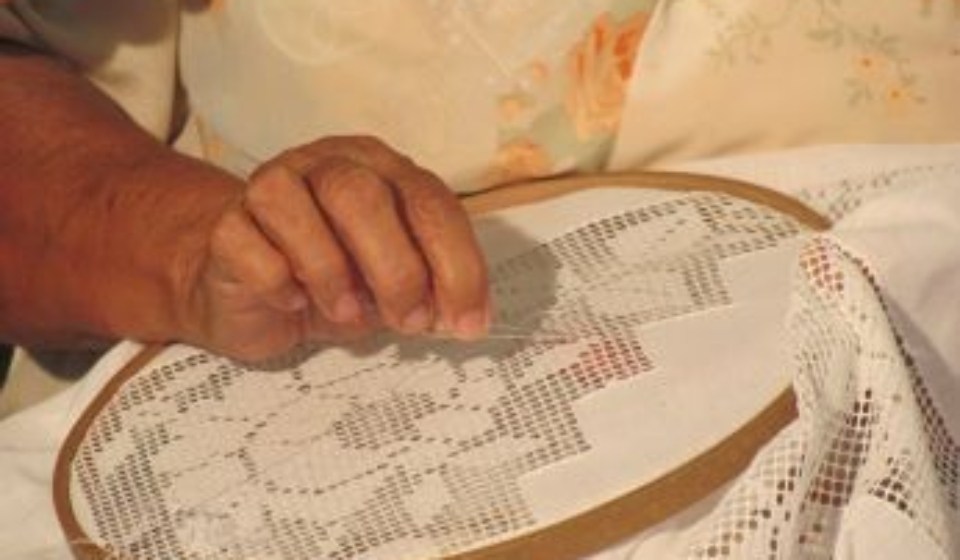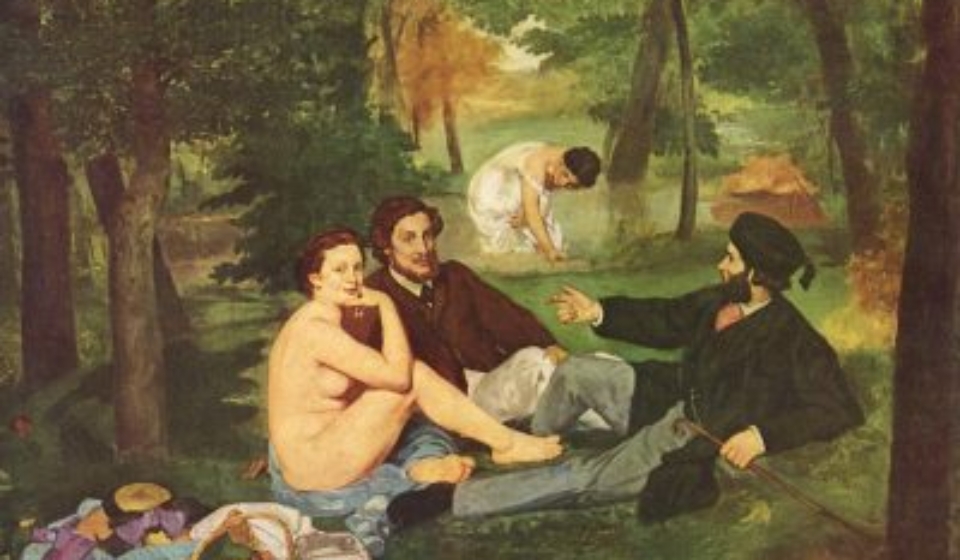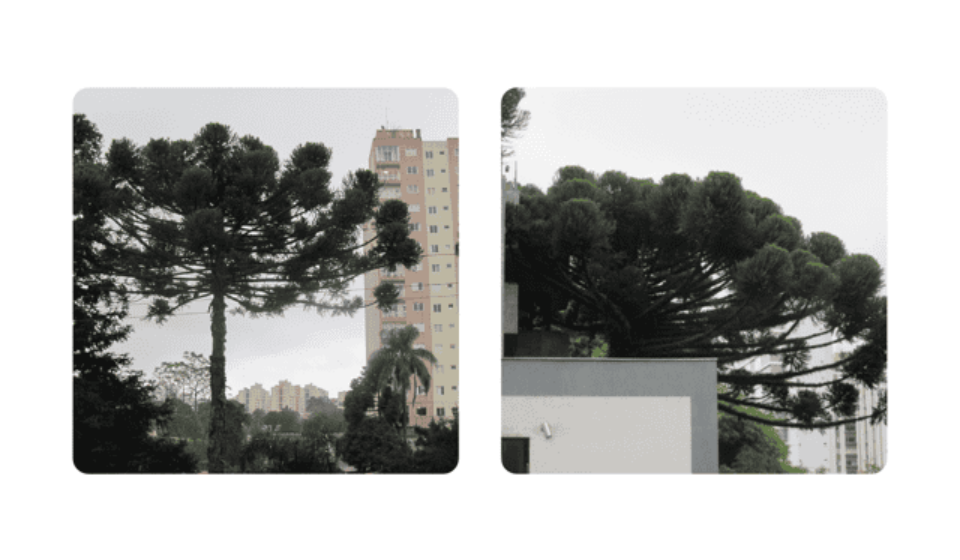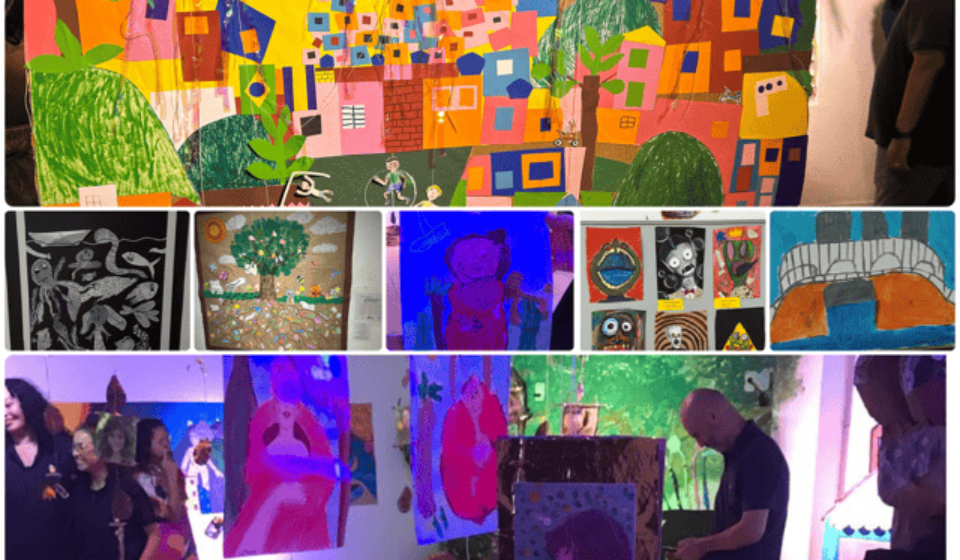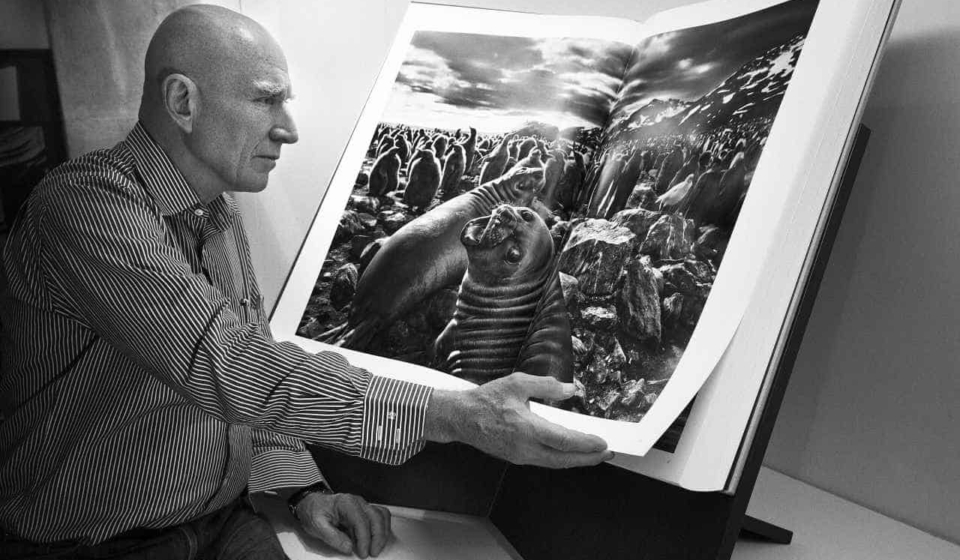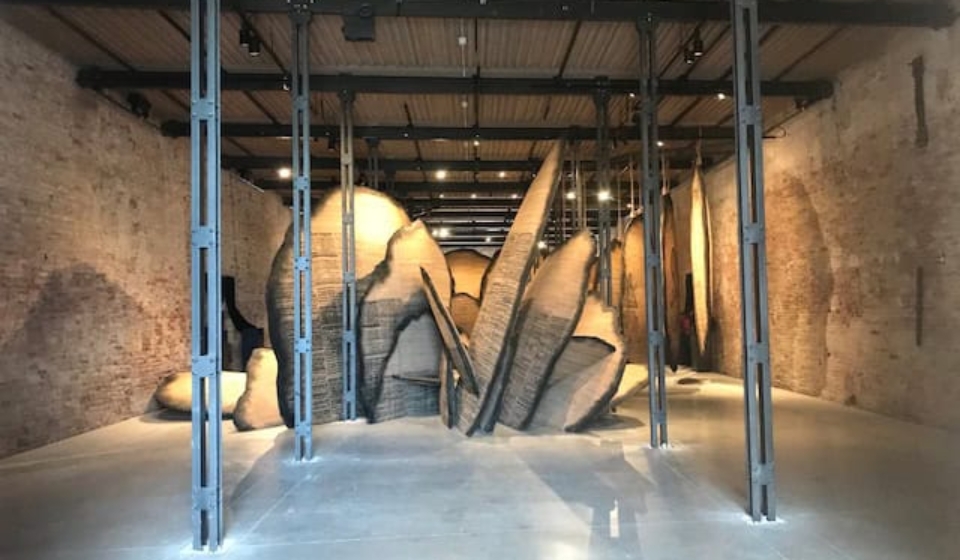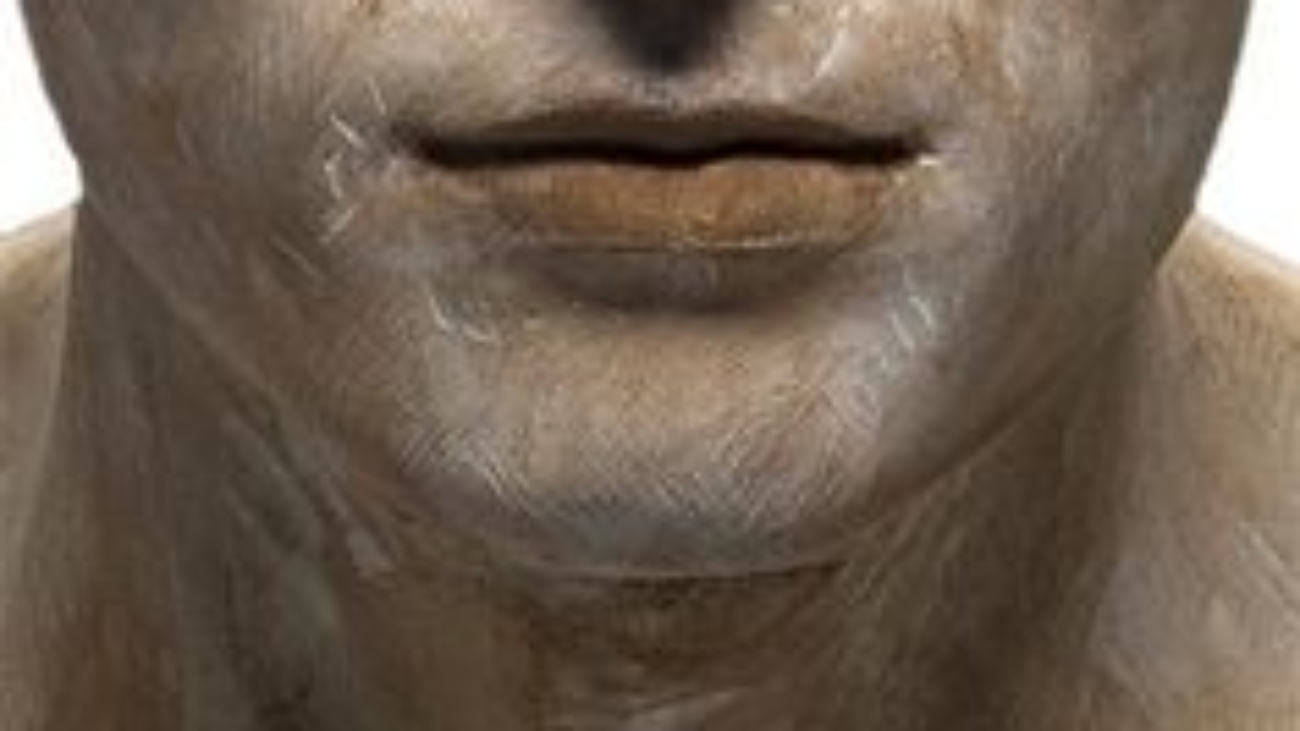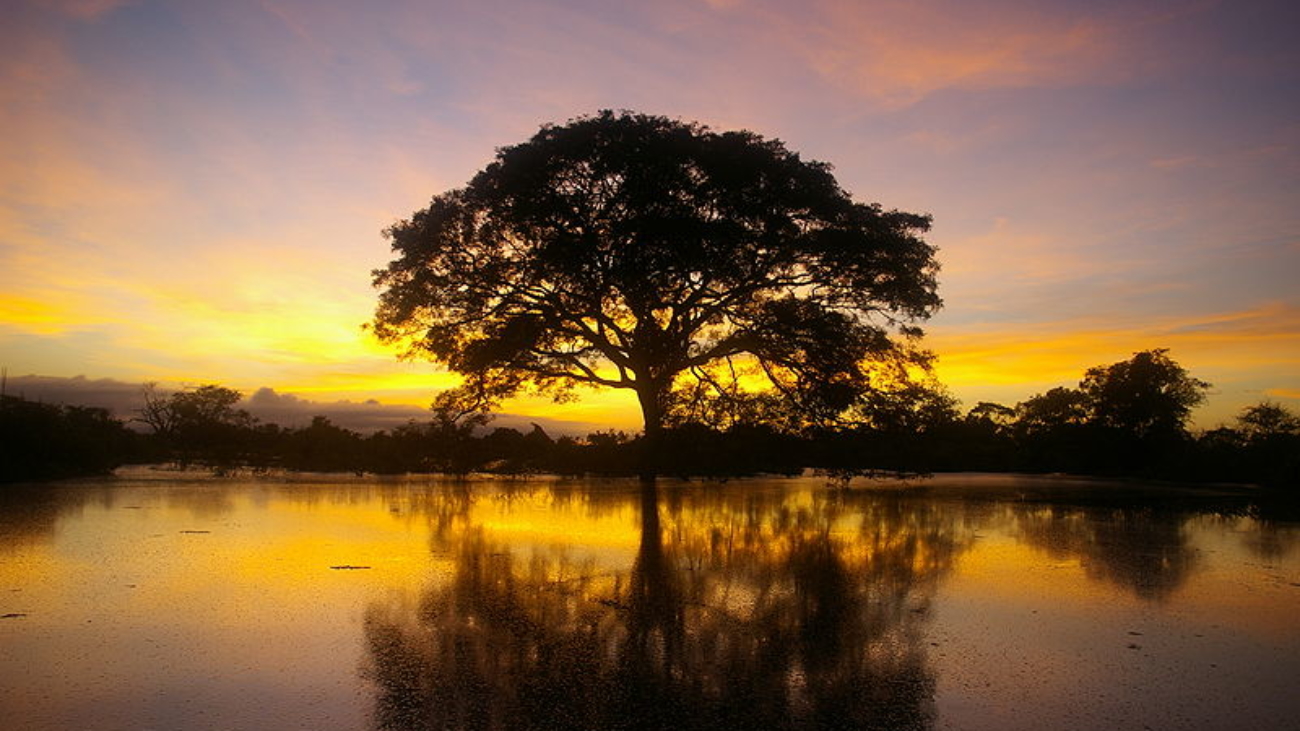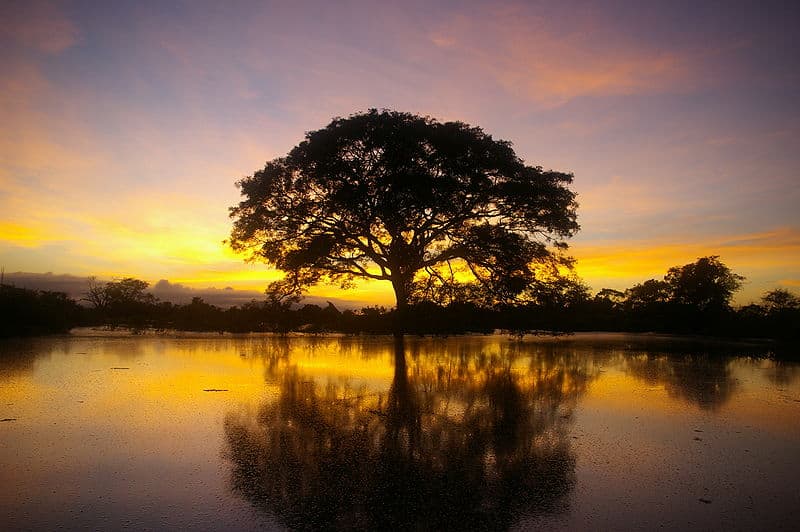
I always think about the hospitality displayed by ordinary people…
They usually think they do not have much to offer, because they live in humble places, with scarce food on their tables, and their clothes have no sophistication at all. However, what they may not know is that, in fact, they have much more to offer and to be proud of then they could ever imagine.
They have the virtue of the authenticity, the richness of warmth, the charm of charisma, the abundance of being genuinely good people, with substance, wisdom, and humanity!
Houses do not matter how luxurious they are, one day they get old. Food can be a feast over the table today, but soon are recycled, disappear in the digestive process. Clothes change, the fashion concept is short-lived. What today is an obsession tomorrow can be dead and gone.
But the human material, the essence that grows from the inside, this one never gets old, is non perishable, it does not become old-fashioned. This is the raw material that fulfills lives with joy, wisdom, and courage. It is the foundation that supports the web of relationships. It is that cozy blanket in the hardness of winter, the shining light of a lighthouse when one is shipwrecked, as well as a rainbow that announces the end of a storm. Warmth is shelter, food, and cloak. It is only perishable if we want, allow or stop cultivating it.
I remember with nostalgia my mother’s parents from the South.
They always kept them windows, doors, and arms opened to the visitors. They used to go to the kitchen to prepare the most delicious food to put on the table in the afternoon, as a welcome gesture. Then, everybody got together to share a conversation, histories, tears of nostalgia, and laughs of happiness. The joy, affection, and appreciation they used to show were so real, so touchable…
I do not remember their houses details, how they dressed or what kind of dishes they served, but I remember completely the effusive hugs, attentive looks, wide smiles, the gestures of love, appreciation, how fond of people they were in each and every situation. Everything was so natural, generous and, above all, unpretentious! These are priceless things which cannot be bought in stores or found everywhere. They are very rare treasures.
For the ones who are that humble and generous, even if live is harsh, it is always faced with strength by them.
They are scholars of singular wisdom and deep sense of values, family, friendship, understanding, and unconditional communion. They are educators from the beginning of the day, until the darkness of night. They make us see the essence, not the appearance. The essence is the one that fulfills the environment of those treasures. It is that essence that makes us want to stay longer, miss it, and even if we have to leave, we will keep alive the desire to return.
It is this genuine essence shared unconditionally for these wonderful and inspirational people that makes grow inside us an equally sincere love for them. In their presence, through their gestures, we feel at home, even by being away from home. This is a kind of magic sensation, a contagious joy that transcends the soul.
When the time of life expires, everything passes. Only these things stay alive, things that touched our hearts and fulfilled our souls with happiness. It was the kindness of these genuine and generous people that helped us to build this unmatchable, precious, and warmth legacy at a moment in which everything else became already anemic and fruitless.
(Illustration: Norman Rockwell “Christmas Homecoming”)

